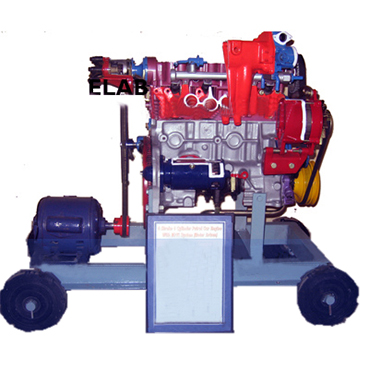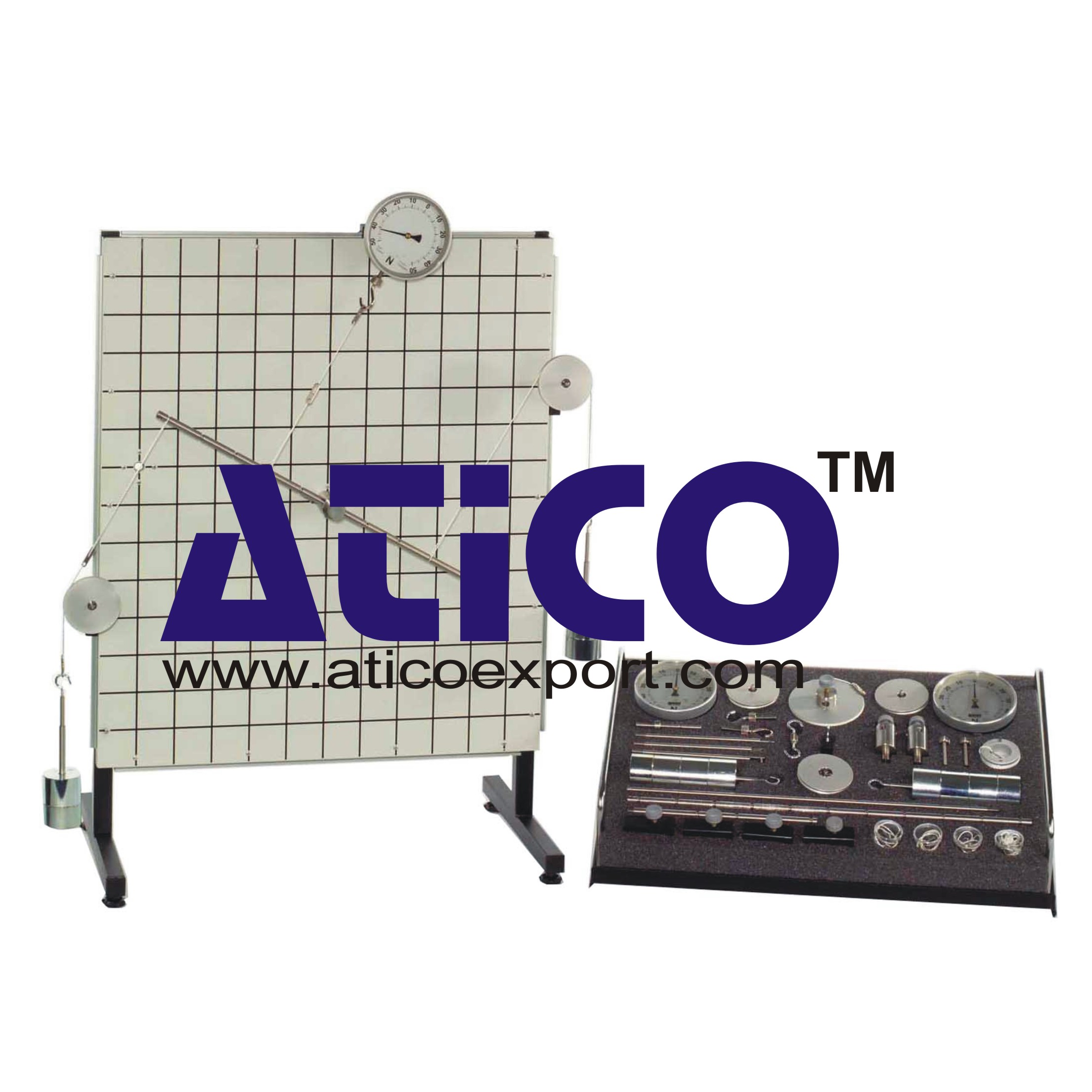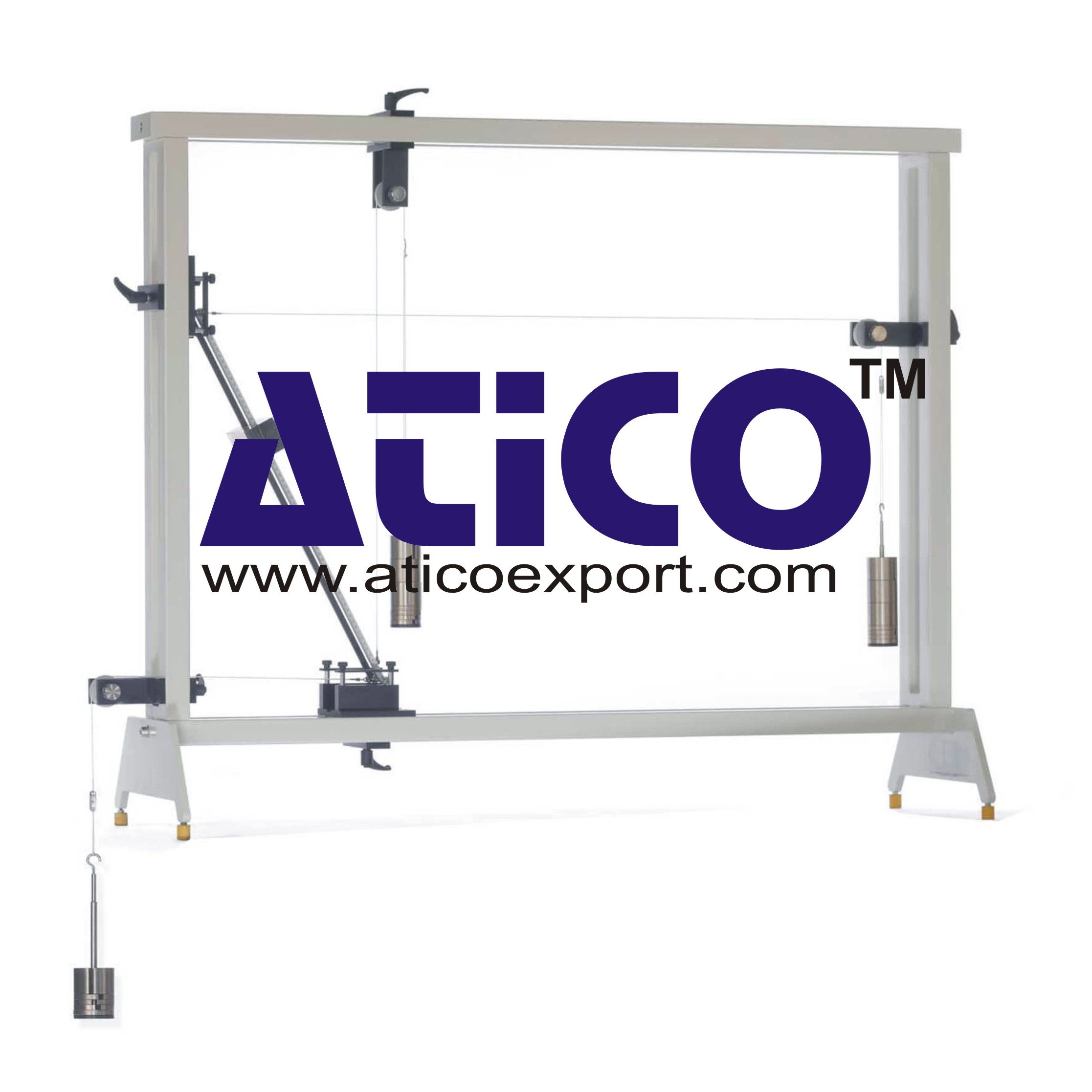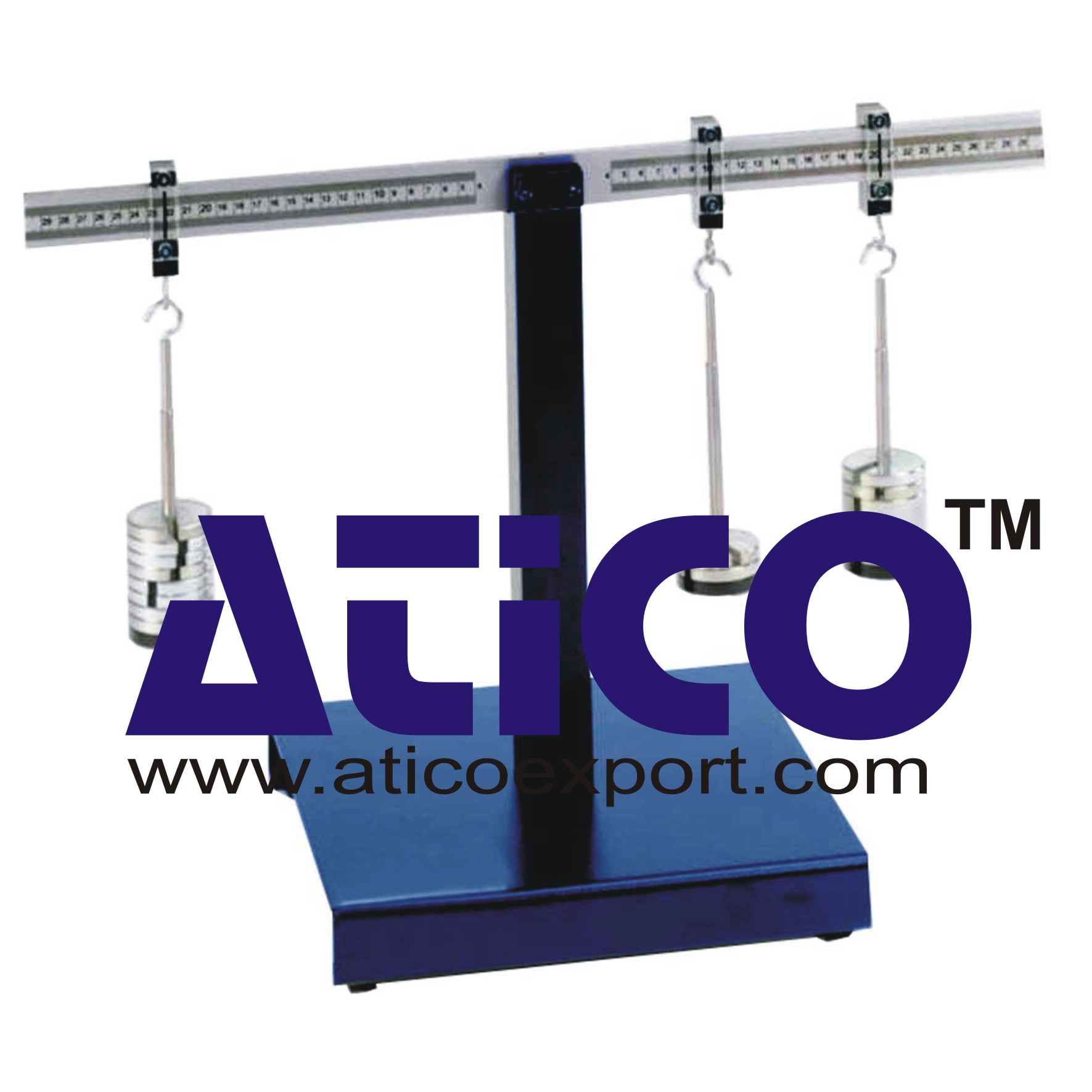Separation In Sedimentation Tanks
Categories: Engineering Lab EquipmentIn sedimentation tanks, solids are separated out from suspensions under the influence of gravity. In this process the density of the solid particles must be greater than that of the liquid. It makes i...
Product
Description
In sedimentation tanks, solids are separated out from suspensions under the influence of gravity. In this process the density of the solid particles must be greater than that of the liquid. It makes it possible to investigate the separation of solids from a suspension in a sedimentation tank.
First a concentrated suspension is prepared in a tank, comprising water and the solid to be separated. A pump transports the concentrated suspension to the sedimentation tank. Upstream of the sedimentation tank the suspension is mixed with fresh water. The raw water generated in this way flows into the sedimentation tank via an inlet weir. A stirring machine is located upstream of the inlet weir. This prevents solids sedimenting before entering the sedimentation tank. The treated water first flows under a baffle and then over a weir to the outlet.
Learning Objectives/Experiments
Bed-load transport in open channels
Subcritical and supercritical flow
Formation of ripples, dunes and antidunes
How flow velocity affects bed-load transport
Fluvial obstacle mark (siltation/scour formation)
Bridge pier
Sluice gate
Visualisation of the flow
Open-channel flow without sediment transport
Subcritical and supercritical flow
Control structure: sluice gate
Discharge measurement on the sharp-crested weir
Specification
Separation of suspensions by sedimentation in the sedimentation tank
Transparent sedimentation tank with lighting for visualisation of the flow conditions
Stirring machine in the inlet area of the sedimentation tank
Lamella unit can optionally be inserted into the sedimentation tank
Tank with pump and stirring machine to create and transport a concentrated suspension
Mixture of the concentrated suspension with fresh water gives the raw water to be studied
Adjustment of the concentration of solids via valves for fresh water flow rate and suspension flow rate
Adjustable water level in the sedimentation tank and adjustable flow velocity in the inlet
Electromagnetic flow rate sensor for raw water
Lmhoff cones for determining settleable substances of a water sample
Technical data
Sedimentation tank (experimental section)
LxWxH: 900x110x300mm
max. filling capacity: approx. 25L
material: plexiglass
Lamella unit
angle of inclination of lamellas: 60°
number of lamellas: 16
Suspension tank
capacity: approx. 85L
material: stainless steel
Pump
max. flow rate: 75L/h
Stirring machines (max. speed)
suspension tank: 600min-1
sedimentation tank: 330min-1
Measuring ranges
flow rate: 30…600L/h
230V, 50Hz, 1 phase
230V, 60Hz, 1 phase; 120V, 60Hz, 1 phase
quick overview :
In sedimentation tanks, solids are separated out from suspensions under the influence of gravity. In this process the density of the solid particles must be greater than that of the liquid. It makes it possible to investigate the separation of solids from a suspension in a sedimentation tank.
First a concentrated suspension is prepared in a tank, comprising water and the solid to be separated. A pump transports the concentrated suspension to the sedimentation tank. Upstream of the sedimentation tank the suspension is mixed with fresh water. The raw water generated in this way flows into the sedimentation tank via an inlet weir. A stirring machine is located upstream of the inlet weir. This prevents solids sedimenting before entering the sedimentation tank. The treated water first flows under a baffle and then over a weir to the outlet.
Learning Objectives/Experiments
Bed-load transport in open channels
Subcritical and supercritical flow
Formation of ripples, dunes and antidunes
How flow velocity affects bed-load transport
Fluvial obstacle mark (siltation/scour formation)
Bridge pier
Sluice gate
Visualisation of the flow
Open-channel flow without sediment transport
Subcritical and supercritical flow
Control structure: sluice gate
Discharge measurement on the sharp-crested weir
Specification
Separation of suspensions by sedimentation in the sedimentation tank
Transparent sedimentation tank with lighting for visualisation of the flow conditions
Stirring machine in the inlet area of the sedimentation tank
Lamella unit can optionally be inserted into the sedimentation tank
Tank with pump and stirring machine to create and transport a concentrated suspension
Mixture of the concentrated suspension with fresh water gives the raw water to be studied
Adjustment of the concentration of solids via valves for fresh water flow rate and suspension flow rate
Adjustable water level in the sedimentation tank and adjustable flow velocity in the inlet
Electromagnetic flow rate sensor for raw water
Lmhoff cones for determining settleable substances of a water sample
Technical data
Sedimentation tank (experimental section)
LxWxH: 900x110x300mm
max. filling capacity: approx. 25L
material: plexiglass
Lamella unit
angle of inclination of lamellas: 60°
number of lamellas: 16
Suspension tank
capacity: approx. 85L
material: stainless steel
Pump
max. flow rate: 75L/h
Stirring machines (max. speed)
suspension tank: 600min-1
sedimentation tank: 330min-1
Measuring ranges
flow rate: 30…600L/h
230V, 50Hz, 1 phase
230V, 60Hz, 1 phase; 120V, 60Hz, 1 phase
Product
Reviews
add Review
reviews
No Review Yet.
Copyrights © 2025 All Rights Reserved by Atico














Product
Reviews
add Review
reviews
No Review Yet.